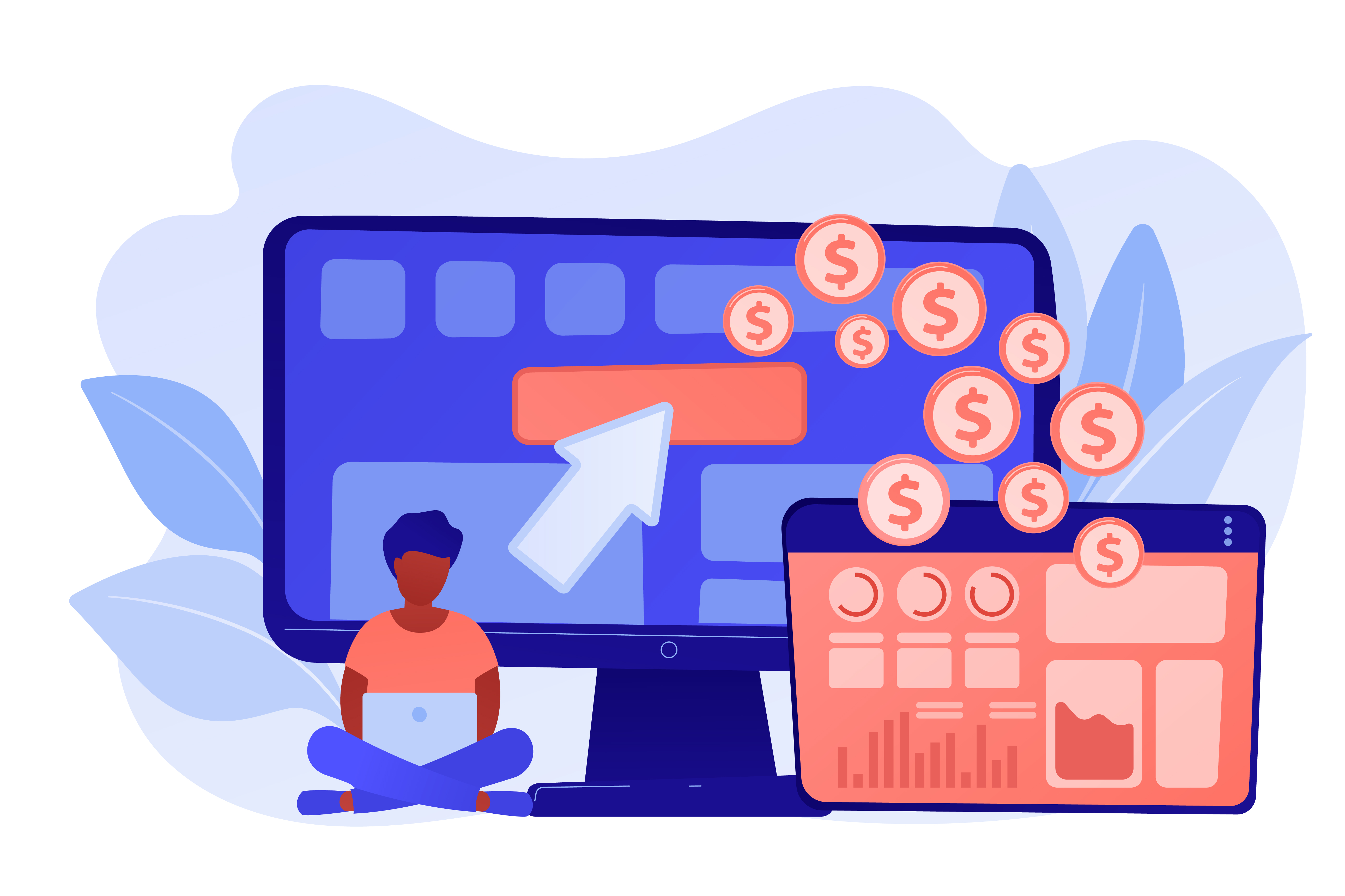There’s a saying that “there are decades where nothing happens, and there are weeks where decades happen.” 2020 was the latter. As both brands and consumers adjust to this “new normal” and become ever more confident online, 2021 will take no prisoners in the digital sphere.
The 2020 global lockdowns were an overdue catalyst for the advertising world and merely reinforced pre-existing consumer preferences for online commerce. As we begin to look at emerging from the pandemic, we see that media plans that have worked for decades have now expired, and it’s vital to stay ahead of the digital changes anticipated in 2021 to avoid being left behind.
Consumers have completed their move to digital.
TikTok has become mainstream; podcasts are part of our daily routines; Instagram is now video-first and shopping-oriented. And, wherever possible, consumers opt-out of advertising. We have arrived in a new era of democratic media consumption where consumers choose what they listen to and who they trust.
This is making the digital marketplace increasingly crowded. With the rise of the attention economy, we see a new form of exchange where brands seek and attain customer attention by producing appealing, entertaining content. This is where digital marketing’s true genius is revealed: when consumers are willing, active participants within the marketing scheme.
Gen Z — a demographic aged 16-26 — now makes up 40% of consumers. They are the most “plugged in” generation to date, spending three hours every day on social media consuming and creating content, and most importantly, seeking inspiration. The pandemic has shown that more mature audiences increasingly mimic this behavior, meaning that a comprehensive online offering is no longer optional.
Creative and media are becoming one.
The fundamentals of advertising haven’t changed: telling the right story, in the right place, to the right people. But every one of those concepts has fundamentally changed with the digital era.
So, what is the right story? While the answer might be different for each brand, our agency has found that there’s a lot of power in native content by creators and user-generated content by a brand’s audiences. Followers relate to the creators they subscribe to and, most importantly, they listen to them. Where is the right place? Digital media, where consumers spend most of their time and can be individually tracked. And who are the right people? Active audience management shows who responds to content, identified through first-party data.
What a lot of traditional media outlets are struggling to accept is that consumers simply don’t want to see advertising. Consumers are, first and foremost, people — and people are primarily interested in content. About 50% of us in Germany, where our agency is based, have installed ad-blocking technology on our devices, shutting out direct brand communication everywhere except on closed ecosystems such as social networks where this isn’t possible.
However, even on social media, we subconsciously filter out glossy, overtly branded advertising. The result? Clicks on paid display advertising have crashed to an average of 0.47% — or, to rephrase, 99.53% of impressions on digital advertising fail to inspire consumers to click and take action. Brands no longer talk to consumers; consumers talk to each other about brands. This is the fundamental psychology of trust: consumers prefer peer recommendations.
Performance-based influencer marketing is on the rise.
Consumers require multiple touchpoints with a brand to convert, which means that influencer content amplified by performance marketing combines the best of both from these powerful marketing strategies. Influencers are your content production. They create native ads that tend to resonate better with consumers, which, in turn, can enhance your advertising performance and improve overall conversion. Analysts can then identify the best performing influencer content and create paid ads to run to a precisely honed target group. As influencer content is perceived as more authentic, this often results in higher engagement and conversion rates.
Brands that embrace new advertising strategies will make substantial market gains; those that are not moving with the times are likely to be crushed. The past few years rewarded digital brands with exceptional growth opportunities, but the next few years will really start to punish those that lag behind.
___
by Christoph Kastenholz
source: Forbes


